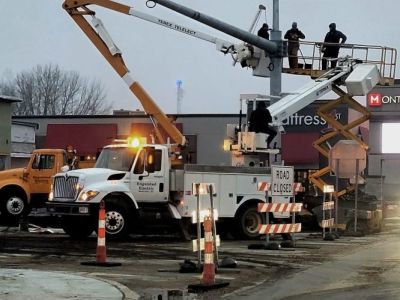
Traffic Control Done Right: Best Practices for Utility Work Zones
Electric utility crews face many risks when working near traffic. Due to the numerous variables that they assess and manage, crews must understand how the job, location, equipment and people will interact on the worksite to achieve optimal safety and efficiency. The Manual on Uniform Traffic Control Devices (MUTCD), produced by the Federal Highway Administration […]
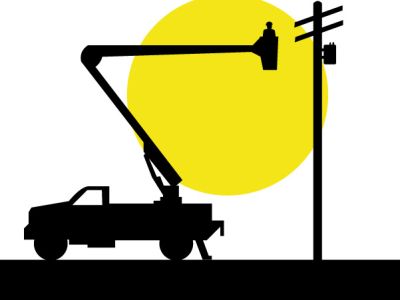
Bucket Truck Safety: OSHA Standards and Other Considerations
In my role as a safety consultant, I receive numerous and varied questions about the safe use of bucket trucks in electric utility operations. So, to help clear up confusion, I am going to share information about the OSHA standards as well as some things I have discovered during my observations and audits of field […]

7 Utility Construction Equipment Developments for 2025
When lifting heavy materials, clearing land or trenching in tight spaces, how can utility crews get more work done in less time with greater safety outcomes? Those are the key factors heavy-equipment manufacturers consider as they design and develop new utility construction equipment. And this year, numerous equipment developments have emerged to help crews work […]

Charting the Future of Commercial Vehicles
During NTEA’s Work Truck Week 2025 in Indianapolis, the Green Truck Summit’s industry roundtable on “Advancing Technology Adoption” brought together a powerhouse panel to break down the seismic shifts reshaping the commercial vehicle landscape. Moderated by Andrew Wrobel of NTEA, the discussion featured Scott Brower, vice president of vehicle supply, new products and vehicle applications […]

How to Get Rightsizing ‘Right’ for Your Fleet
When it comes to rightsizing your fleet in the utility sector, traditional models fall short. Unlike package delivery fleets that can schedule around predictable peaks, utility fleets must maintain enough vehicles for unpredictable emergencies while also controlling costs. “On a typical day in the utility sector, only about 60% of fleet vehicles leave the yard,” […]

Ambitious Vehicle-to-Everything Technology Deployment Plan Likely to Hit Roadblocks
Imagine this scenario: A utility crew heads out to repair a downed power line. As they arrive at the site, the truck’s vehicle-to-everything (V2X) system automatically transmits specific details about the work zone perimeter, the presence of crew members, and even the location of extended bucket trucks and other equipment. Vehicles approaching the area receive […]

How Will AI Impact Your Fleet Operations?
Artificial intelligence is reshaping fleet management – whether you notice it or not – to improve operations, enhance safety and reduce costs. But if you’re not consistently following all the latest developments in AI, it’s easy to feel overwhelmed and left behind. So, what’s the current state of AI in fleet? What capabilities can we […]
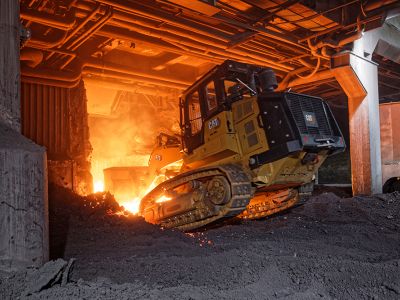
What’s New in Utility Construction Equipment in 2024?
New utility construction equipment hitting the market in 2024 aims to boost productivity, fuel efficiency and operator comfort for crews working on projects ranging from laying pipelines to installing cables. Major manufacturers including Vermeer, Caterpillar, Volvo CE, CASE and John Deere are rolling out upgraded models with enhanced technology, improved hydraulics and redesigned cabs. So, […]
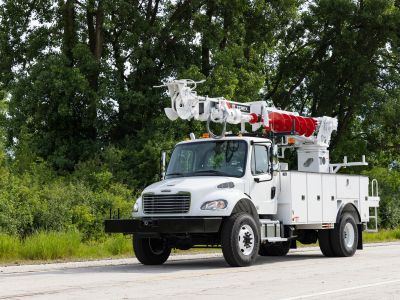
Understanding Wind Speed Limitations on Utility Equipment
The question about what’s permitted for operating aerial devices and digger derricks in high winds is one that comes up frequently with users. Utility crews often must deal with working in wind. Trouble trucks responding during storm recovery, transmission operations to place visibility balls on lines and working above rooflines in urban locations are just […]
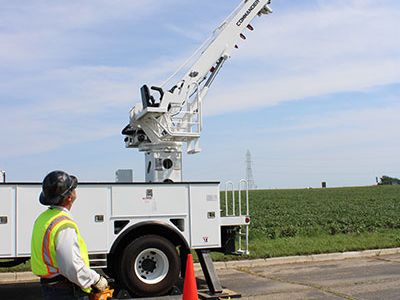
What’s New in Truck and Van Upfits for 2024?
The industry’s truck and van equipment manufacturers are developing new products that equip your crews to get more work done with less strain and greater safety. They’re incorporating more lightweight materials in their product designs so that you can reduce fuel costs, increase battery range or boost payload capacity. And they’re offering more electrified options […]

Matted Surfaces: Safety Considerations and Controls
| Nathan Boutwell, M.Eng., CSP, SMS, CIT, CUSP; Nick Powers; and Bill Hinrichs, CUSP | Special Focus
It’s a busy time in our industry. We have challenges associated with normal operations and maintenance of the grid. We’re also faced with new and increasing work involving distributed generation, vehicle charging infrastructure and major transmission projects. Both existing and emerging work require access to the respective work areas, and with this comes the associated […]
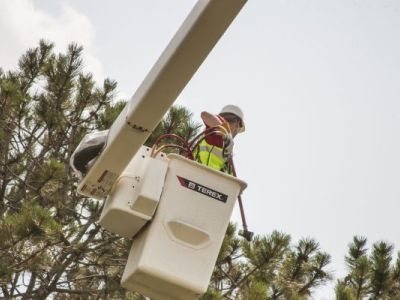
Using Power Tools in the Bucket
Lineworkers rely on a variety of tools when working from the bucket of an aerial device. Safe work practices require that these tools not create additional exposure to electrocution. Hand tools – such as bolt cutters, knives, pliers and wire strippers – are often made of metal. So, when employees are working in aerial devices, […]
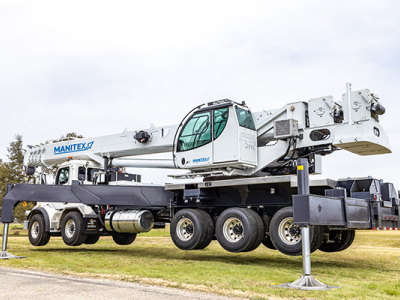
What’s New in Aerial Lift Equipment in 2023?
When repairing power lines, inspecting high and hard-to-reach areas, or lifting transformers and other heavy equipment, the objective is clear: How can line crews do their jobs safer and faster? That goal has driven the development of several new products and upgrades released by top aerial platform and crane manufacturers in the past few months. […]
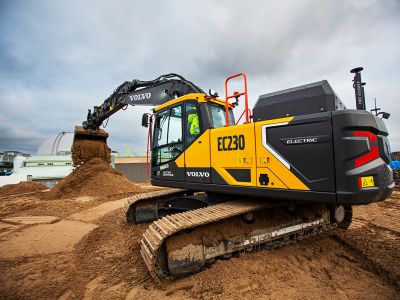
What’s New in Utility Construction Equipment in 2023?
When digging trenches, lifting materials or drilling in tight spaces, how can utility crews get more work done in less time at a lower operational cost and with a smaller carbon footprint? Those are the primary factors heavy-equipment manufacturers consider as they design and develop new utility construction equipment. What new products have emerged this […]
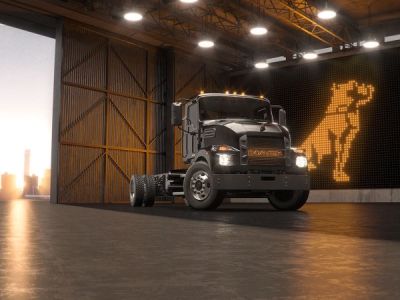
Accelerated Development: What’s New in All-Electric Medium- and Heavy-Duty Trucks
As you navigate the opportunities and challenges brought about by fleet electrification, it’s crucial to stay informed about the latest product news. This roundup delves into the latest news in the heavier all-electric truck segment from industry leaders Mack Trucks, Isuzu, Hino, Nikola and Tesla. Consider the impact these electric vehicles might have on your […]
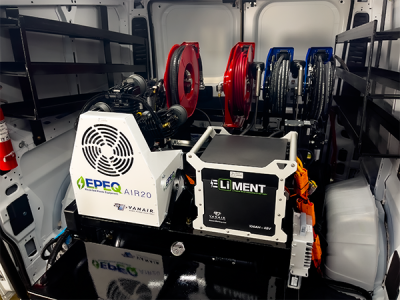
What’s New in Truck and Van Upfits for 2023?
As you evaluate your truck and van specs, where do you see the best opportunities for improvement? Perhaps you could take weight out of the vehicle to reduce fuel costs or increase legal payload. Or upgrade your equipment to be more efficient and ergonomic, improving crew productivity and safety. Or electrify your onboard equipment to […]

Looking at Fleet Management Through a Legal Lens
Aggressive driver behaviors. Improper use of equipment. Distracted driving. These are just a few issues that increase a utility fleet’s risk of preventable accidents that can lead to multimillion-dollar payouts and ignite a public relations firestorm. So, what can you do as a fleet manager to help protect drivers, the public and your company’s reputation? […]
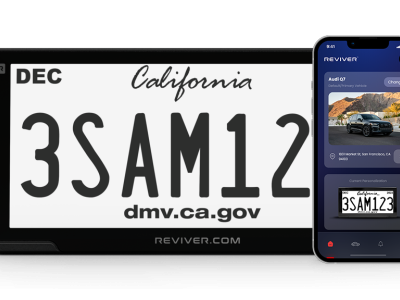
5 Fleet Technology Trends to Watch for 2023
Electrification is the most significant fleet technology trend right now. Most major automakers and heavy-equipment manufacturers have made substantial investments to shift their entire product portfolios from internal combustion engines to electric within the next 10 to 15 years. But what are some emerging technology trends that aren’t making headlines but could significantly impact your […]
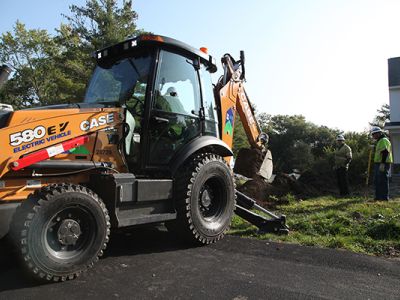
Latest Developments in All-Electric Utility Construction Machines
There’s a lot of media coverage around the rollout of new electric vehicle models. But there’s one EV category not grabbing headlines – yet it’s still critical to achieving a utility fleet’s sustainability goals: utility construction equipment. All-electric machines eliminate emissions and allow crews to operate in noise-sensitive areas and outside of standard work hours. […]
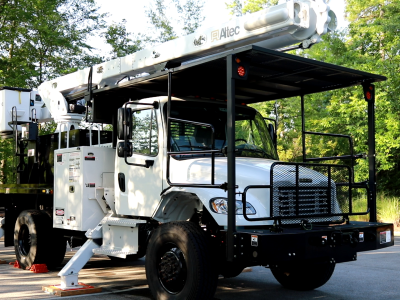
ANSI A92.2: 2022 Changes and Training Requirements
Here’s what owners and operators should know about upcoming updates to the standard. Updates are coming to the ANSI A92.2 standard, titled “American National Standard for Vehicle-Mounted Elevating and Rotating Aerial Devices.” Your most common piece of powered equipment soon will have new or revised requirements for design, manufacturing, testing, training and operation. These new […]



